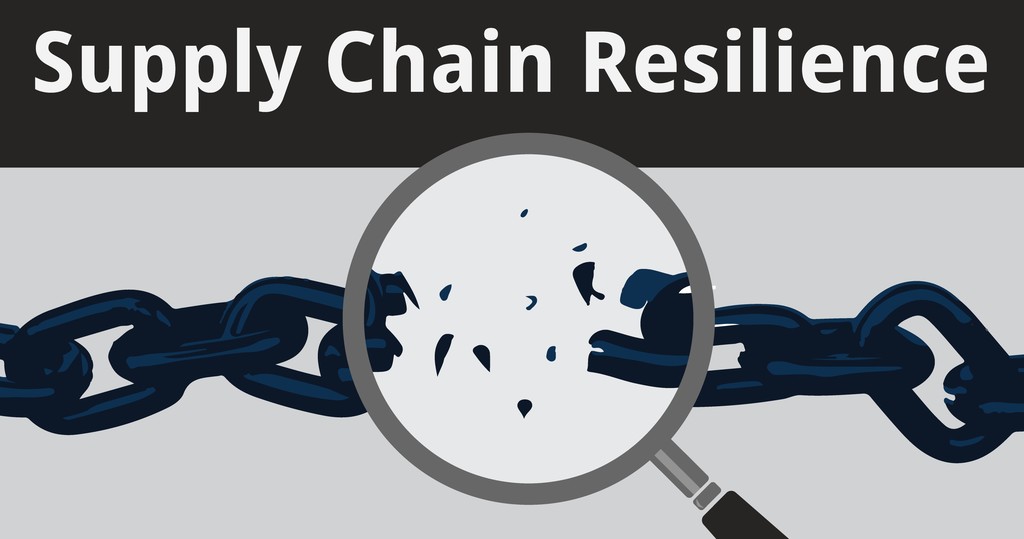India’s supply chain ecosystem has witnessed a transformative journey in the last few years, evolving from reactive responses to proactive, data-driven strategies. The phrase “Supply Chain Resilience 2.0” aptly captures this shift into a new era where India is not only recovering from disruptions but also redesigning systems to anticipate and absorb future shocks.
The Wake-Up Call: Pandemic & Geopolitics
The COVID-19 pandemic served as the most significant disruption to global supply chains in recent memory. India, like many nations, faced halted production, labor shortages, and transportation bottlenecks. But what made India stand out was the agility with which both the government and businesses adapted. From ramping up domestic manufacturing of critical goods to digitizing logistics networks, the crisis became a catalyst for long-term change.
More recently, geopolitical tensions including cross-border conflicts and global trade wars have underscored the vulnerability of over-reliance on certain trade routes and partners. FMCG companies, for instance, have reportedly adjusted factory shifts near border areas to manage risks and ensure continuity. These challenges have made risk mitigation and disaster-ready logistics central to India’s supply chain thinking.
Strategic Government Interventions
One of the key strengths in India’s response has been the proactive role of the government. During the pandemic, the “Essential Supplies” corridor and E-pass systems ensured smooth transportation of vital goods. Now, under the umbrella of the PM Gati Shakti initiative, India is investing heavily in integrated infrastructure planning to reduce bottlenecks across ports, rail, and highways.
Furthermore, real-time food price monitoring has been intensified amid recent border tensions, ensuring quick policy interventions to manage inflation. The government has also enhanced buffer stock policies and partnered with private logistics players to strengthen disaster management logistics.
Business-Led Innovation & Diversification
Indian businesses, particularly in manufacturing, pharmaceuticals, and FMCG, are no longer building linear supply chains. Companies are shifting towards a multi-node, multi-source model, minimizing over-dependence on any single supplier or location. This diversification strategy is evident in sectors like electronics, where manufacturers are now setting up units in multiple states to hedge regional risks.
Digitization has also played a pivotal role. With tools like AI-driven demand forecasting, IoT-based fleet tracking, and cloud-based warehouse management systems, businesses are gaining real-time visibility and predictive capabilities. These technologies are crucial in detecting early signals of disruption and rerouting resources efficiently.
Localizing Supply Chains
Another major shift is the increased focus on Atmanirbhar Bharat or self-reliant India. Localization of components, especially in critical sectors like semiconductors, APIs (active pharmaceutical ingredients), and defense, is reducing India’s import dependency. This inward capability development not only builds resilience but also boosts export competitiveness in the long run.
Additionally, MSMEs, the backbone of Indian supply chains, are receiving unprecedented support via credit schemes, digital platforms, and capacity-building initiatives. Their empowerment adds agility and depth to the overall supply chain network.
Road Ahead
From recent disruptions, a few key lessons stand out for building resilient supply chains in India. redundancy matters, relying on a single supplier or route is risky, so having backups ensures continuity during crises.digital tools are essential real-time tracking and smart analytics enable quicker, better decisions, unlike slow manual systems. public-private collaboration helps in faster response and smoother operations during emergencies.and Finally, geopolitical awareness is crucial. Businesses must stay informed and diversify their global dependencies to reduce external risks.
Conclusion
India’s evolving response to supply chain disruptions reflects maturity, innovation, and resilience. With strong government backing, digital transformation, and a clear focus on localization, India is laying the foundation for a resilient, future-ready supply chain ecosystem. As global uncertainties continue, these strategies will not only safeguard domestic stability but also position India as a dependable global supply chain partner.

